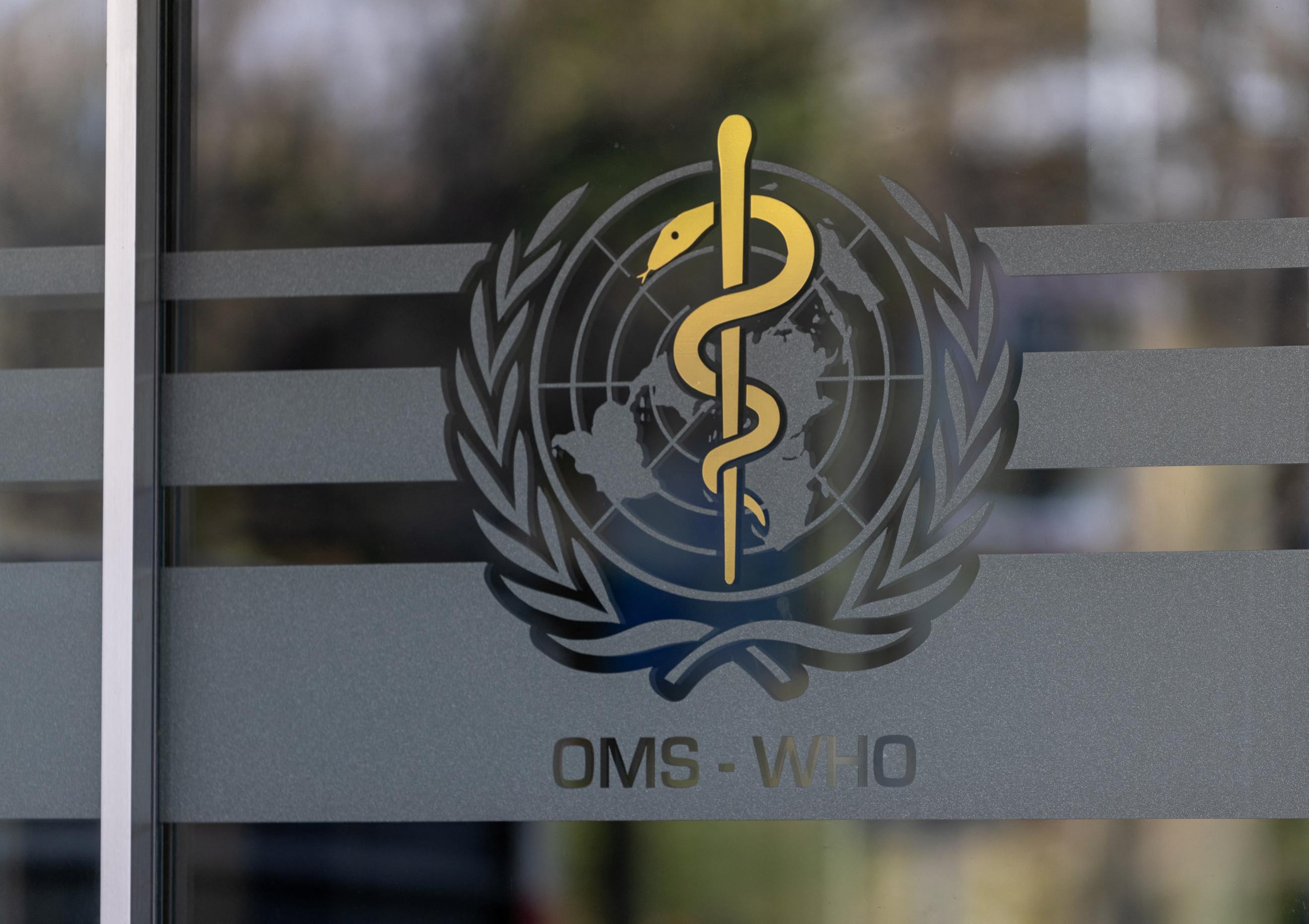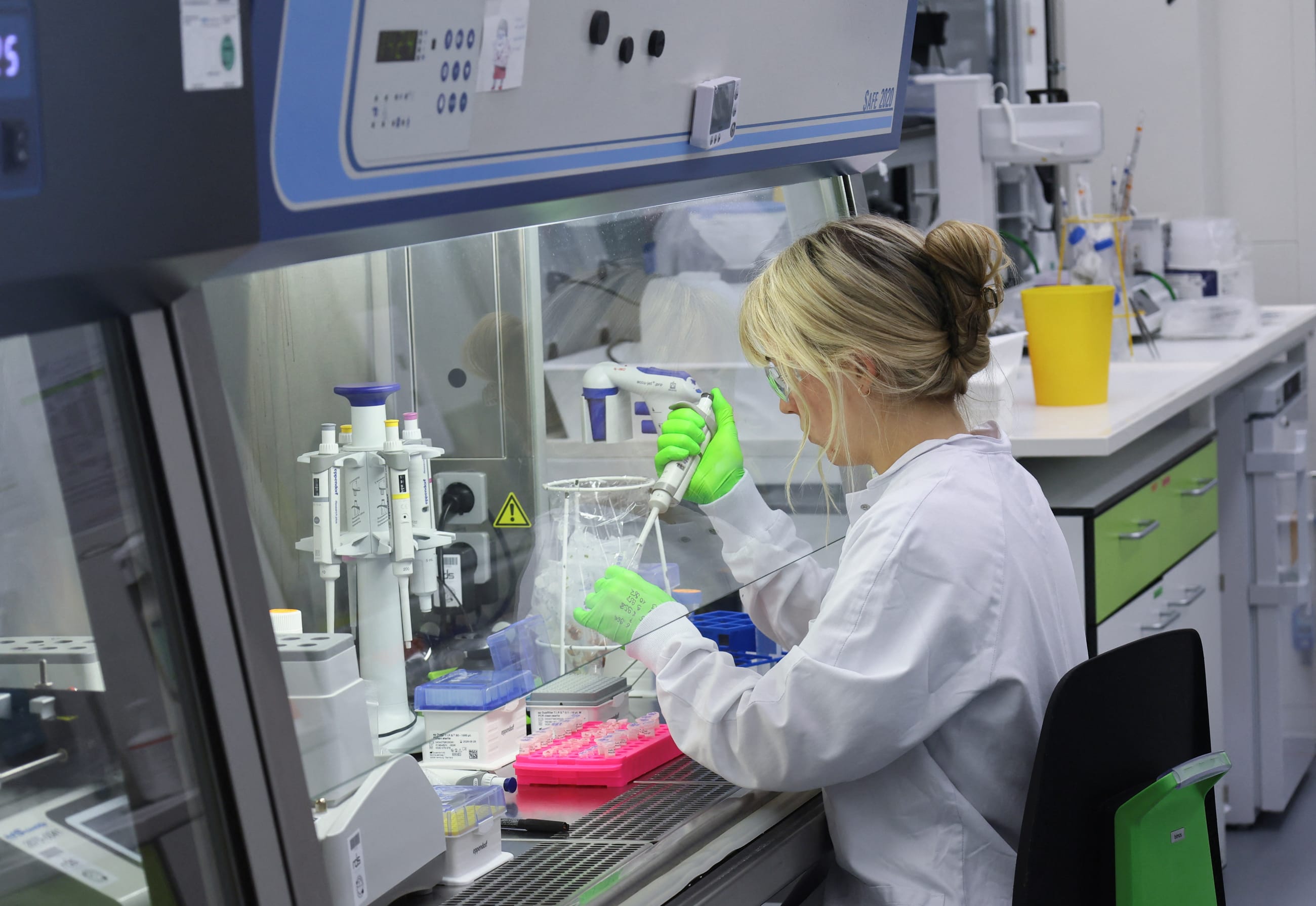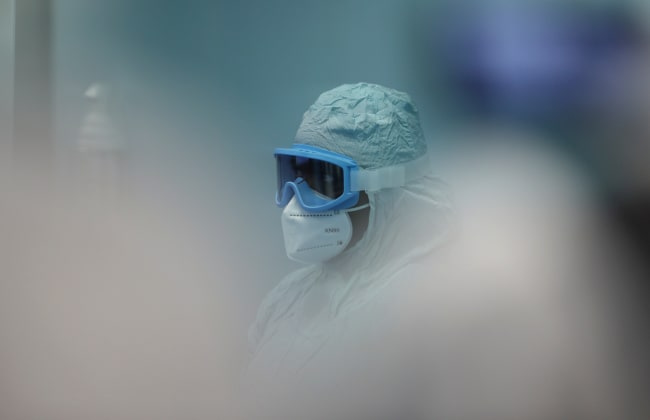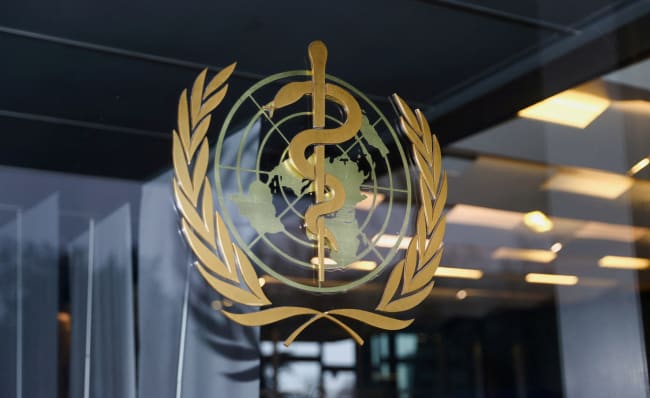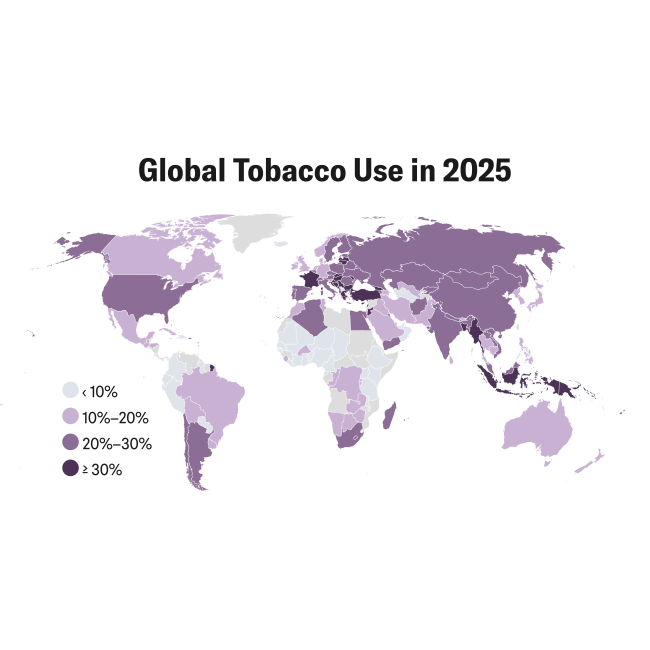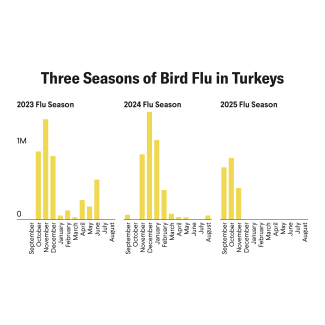At this week's World Health Assembly (WHA), member states have adopted the Pandemic Agreement. Its adoption marks the culmination of more than three years of negotiations to create a new international law instrument for pandemic prevention, preparedness, and response.
The final text [PDF] was agreed only a few weeks ago, to much fanfare. It is too soon, however, to pop the champagne.
The agreement is not yet open for signature [PDF] and won't be until one of the most contentious issues in the negotiations is resolved: pathogen access and benefit-sharing (PABS) (see Article 31.2 of the agreement's text). PABS has been on the negotiating table since the start but has now been relegated to a separate and to be negotiated annex so that the less contentious parts of the Pandemic Agreement can be adopted now.
Advocates of PABS believe that it will secure pathogen samples for research and development (R&D) and deliver equity by providing a legal mechanism for low- or middle-income countries (LMICs) to access vaccines, therapeutics, and diagnostics (VTDs) in a competitive pharmaceutical marketplace that often excludes these nations.
In our view, PABS ties together "two separate public health resource allocation problems: (1) pathogen and data sharing and (2) pharmaceutical supply and distribution." Both are vital activities that would be more effectively addressed separately. Nevertheless, WHO member states have chosen to connect these issues through the PABS system, setting themselves the ambitious and possibly unrealistic target of negotiating the PABS annex within one year [PDF].
Seven key issues exemplify the complex choices negotiators need to grapple with before the celebrations can begin.
1. Defining scope
The Pandemic Agreement sets out minimal standards for a PABS system, leaving much to be decided in future negotiations. Even the scope of "materials and sequence information on pathogens with pandemic potential" is undefined. Negotiations to date have focused on human samples and information, even though the majority of emerging infectious diseases are zoonoses.
The Pandemic Agreement sets out minimal standards for a PABS system, leaving much to be decided in future negotiations
Ignoring pathogen samples and sequence information derived from animals is counter to the Pandemic Agreement's One Health principle. Similarly, negotiations to date have ignored that under international environmental law, access and benefit-sharing (ABS) rules apply to "Traditional Knowledge" held by Indigenous peoples and local communities as it relates to genetic resources. Traditional knowledge has the potential to improve disease detection and prevention, and should be considered in any instrument about accessing and using pathogens, particularly if that instrument seeks to be recognized under the existing international regime on ABS.
2. Making sure benefits outweigh costs
Another issue concerns which private entities, or "participating manufacturers," will be bound by the benefit-sharing terms of the PABS system. This issue is highly consequential given that during a pandemic each participating manufacturer "shall make available" 10% of their real-time production of VTDs to the WHO as a donation, with 10% available for purchase at "affordable prices" (Article 12(6)(a)). These obligations will be outlined in "legally binding contracts" to be agreed between the WHO and participating manufacturers.
The WHO does not appear to have undertaken a scoping review of just how broad this user category is and whether the WHO has capacity to contract with these entities, monitor usage and compliance, and enforce contractual obligations. A scoping review could help ensure the costs of operationalization do not outweigh the benefits.
Forthcoming negotiations should prioritize this review.
3. Criteria for allocating benefits
Putting aside our skepticism about whether VTDs ("benefits") will ever materialize under PABS and assuming the system will work as intended to secure between 10 and 20% of real-time production from participating VTD manufacturers during a pandemic, clarity is still needed about how the WHO will distribute such benefits. The draft agreement states "the distribution of these vaccines, therapeutics, and diagnostics shall be on the basis of public health risk and need, with particular attention to the needs of developing countries."
But "public health risk and need" is a subjective categorization and could necessarily be affected by political imperatives. Will the decision-making criteria be made publicly available for scrutiny? Will countries that consistently contribute pathogen materials and sequence information to the PABS system be prioritized, or will priority be given to those willing to indemnify industry players from liability (as happened with the WHO vaccine deployment initiative in 2009 for H1N1)?
Member states will likely base their decision to participate in the PABS system (and therefore the Pandemic Agreement) on where benefits will be allocated during a pandemic.
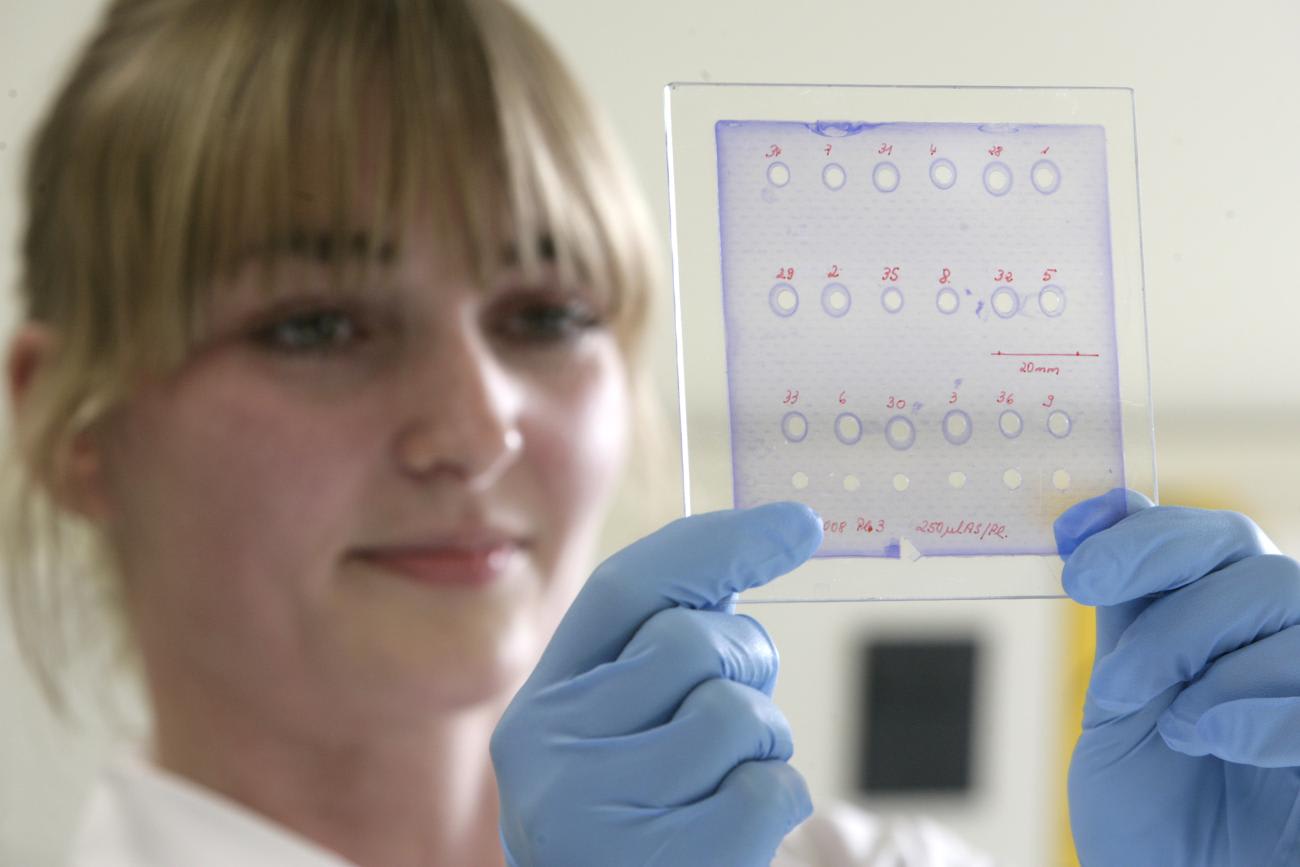
4. Contract transparency
As noted, PABS is likely to be operationalized via private contracts or Standard Material Transfer Agreements (SMTAs) between the WHO and participating manufacturers. The success of the entire PABS system hinges on these contracts and the strength of the legal obligations they establish.
It is unlikely these contracts will be open to scrutiny by stakeholders who are not direct parties to the contract. This approach mirrors the commercial confidentiality the WHO has taken with SMTAs under the Pandemic Influenza Preparedness (PIP) Framework (the instrument on which PABS is based).
The publicly available versions of PIP contracts include few details, substantive provisions being concealed in confidential term sheets. What is even more concerning than this lack of transparency is that, when details have been made available, the contracts contain a number of alarming clauses about force majeure, liability, and indemnification, calling into question their enforceability. PABS contracts—and any documents that materially affect contractual obligations—should be made available to member states and civil society for scrutiny before PABS is agreed.
Flawed contracts will make for an ineffective PABS system.
5. Track and trace
Tracking and tracing the use of PABS materials and sequence information was highly contentious during negotiations. Article 12(3) of the agreement simply directs that in the negotiations on the PABS annex, the PABS system "shall address traceability measures and open access to data." Again, a scoping review would help ascertain the scope of pathogens and the likely number of users involved, giving negotiators a better idea of the scale, cost, and feasibility of tracking and tracing the use of materials and information in the PABS system.
6. Carving out pathogen digital sequence information (DSI)
The PABS system is supposed to cover both pathogen samples and sequence information. But since 2016, the parties to the UN's Convention on Biological Diversity (CBD) have been discussing access and benefit-sharing for digital sequence information (DSI), and the CBD's Conference of the Parties recently adopted Decision 16/2 establishing a multilateral benefit-sharing mechanism for DSI on genetic resources.
Despite overlapping scope, it is not clear how these instruments will interact. Unless PABS sequence information is exclusively hosted on PABS-only databases (potentially undermining the CBD's multilateral mechanism) or PABS labels or identifiers are used and extensively monitored (which would require significant changes to database infrastructure), then users could unwittingly access and use PABS DSI.
This is further complicated by the use of artificial intelligence and machine learning, which are increasingly deployed in pharmaceutical R&D. That the PABS system is about to carve some DSI out of the CBD's multilateral mechanism is concerning because it could create conflicting benefit-sharing obligations for the use of pathogen DSI under different legal instruments.
Ensuring legal coherence and avoiding overlapping obligations should be central to the forthcoming PABS negotiations.
7. Striking the right balance on intellectual property
Intellectual property (IP) rights have been the elephant in the room during negotiations, and the present text regarding PABS is silent on IP.
Earlier drafts [PDF] sought to restrict the ability of users to obtain IP protections on any products resulting from R&D on PABS materials. However, proposals by the likes of the European Union were far more deferential to IP rights, stating only that IP could not be sought on the "unmodified sample or the unmodified sequence data" [PDF] from the PABS system, but modified samples and sequences (that is, any products developed using PABS materials) could be subject to IP protections.
Whether PABS materials and sequence information can be subject to IP protections by VTD manufacturers will determine the extent to which LMICs will be willing to provide their samples to the PABS system and whether VTD manufacturers will access and use those samples in their R&D. If negotiators don't strike the right balance, some providers and users might conduct deals bilaterally, outside the multilateral PABS system.
As seen in the example of COVAX, parties will readily engage in bilateral negotiations if the multilateral system does not suit their needs in an emergency.
Premature Celebrations
The goals behind PABS are laudable, but tying two separate resource allocation issues together renders them largely unachievable. The snapshot given here presents a range of contentious and complex technical issues likely to arise in the forthcoming negotiations on PABS.
However, most of these issues have, in fact, featured in previous drafts of the system in some form or another, and no consensus could be reached. Member states therefore chose to excise the PABS system and negotiate it separately so that consensus could be reached on the less contentious issues in time for this week's WHA.
Exactly why member states think they can resolve the most contentious issues of the preceding three years simply because it is in a separate annex, and in a single year, is rather baffling. We wish the negotiators well in their endeavor, because if they don't succeed in negotiating the PABS annex, then all the champagne that has been wheeled out to celebrate the Pandemic Agreement this week might as well go back to the cellar.
